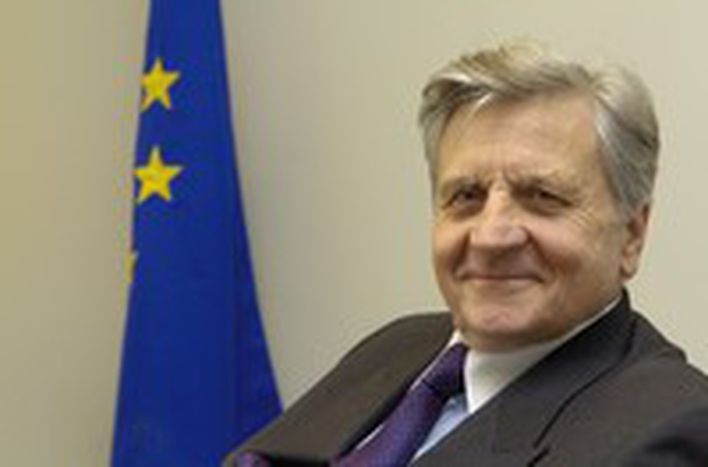
Financial crisis: ECB decision time
Published on
Translation by:
G. RingUS mortgage crisis. On 6 September the European Central Bank choose between reducing interest rates or arresting inflation in Europe-27, and are keeping the official rate on standby
August 2007. 94.8 billion euro: 5% of the GDP of France, 2.5 million times an average UK salary. That is the biggest amount of money ever injected by the European Central Bank (ECB) in the European financial system to solve the current financial crisis.
An American story
But what are these so-called 'subprime mortgages'? Everything began about ten years ago in the United States. The market was performing well, consumption was at a high. Everything was going for the best in the best of worlds. The healthy state of the economy encouraged many Americans to buy houses. To do that, they needed money, and a lot of it. According to a 2005 study by the Centre of Politics and Housing, the minimum annual salary needed to buy a house at the time was almost 71, 000 dollars, while the average US salary was only half that – 35, 000 dollars.
To meet the housing demand, generous and unscrupulous credit companies mushroomed across the country. Thousands of them. Loans were risky and people poor. Some lending rates could reach up to 18%. House prices went up while interest rates did not disminish. All this money was of interest to banks, who didn’t think twice about investing heavily in this lucrative market. In return, they transformed these loans into assets. The money the house owners reimbursed was put on the market, in anticipation.
However, from 2004, the US Central Bank, the Fed, increased its interest rates, from 1% to 5.25% in 2006. Suddenly house owners struggled to meet the mortgage repayments. Prices began to fall, but owners could not afford to pay back their loans, only if they sold their house, and even then. One to three million people risked finding themselves on the street.
Widespread panic
This social catastrophe was accompanied by a financial crash for all mortgage lending companies. Large lending organisations such as 'American Home Mortgage' went bankrupt. Redundancies. Unemployment. Crisis in banking establishments and market fever caused panic. Money evaporated, as it is realised that thousands of loans would never be repaid. The crisis is not confined to the poor or marginalised but spreads to all economies and sectors.
That is when the central banks, the ECB included, decided to co-ordinate their actions to calm markets and re-establish calm. The shared effort on a worldwide scale was a first and was a test for the ECB, at a time where its independence is being questioned by certain European leaders. To prevent a shortage of assets, banks continued to inject massive sums of money into financial markets. More than 200 billion from the ECB (150 million throught the summer and more than 42 million on 6 September) and more than 500 billion in total from the Fed. Central banks became a 'supreme lender' according to the expression used by economist Elie Cohen.
German crisis
The main aim was to reassure, by driving home that economic fundamentals are healthy and that it is only a simple natural readjustment of the economy. The next objective was to re-establish risk prices to avoid citizens paying the price of the debts. The money injected by the ECB belongs to European citizens put on the market to support the US economy and to avoid a recession that would be bad for everyone.
However, to break this well-oiled mechanism, Germany changed its tactics and criticised the attitude of the ECB. Axel Nitschke, chief economist of the German Federation of Chambers of Commerce and Industry, has recently suggested that the ECB should keep their interest rates low so as not to hinder growth, hit badly by the subprime crisis. French Prime Minister François Fillon expressed the same demand, pointing out that controlling inflation should no longer be the sole objective of the ECB.
Now cornered, the ECB is forced to make a decision: to calm financial markets immediately after the crisis – which could provoke a fall in growth of the European economy – or decrease official interest rates. This risks the crisis spreading with a high inflation of house prices and increasing the real-estate bubble in countries like Spain or the UK. For the moment, the ECB are leaving us on standby.
Translated from Crise financière : la BCE à l'heure du choix



